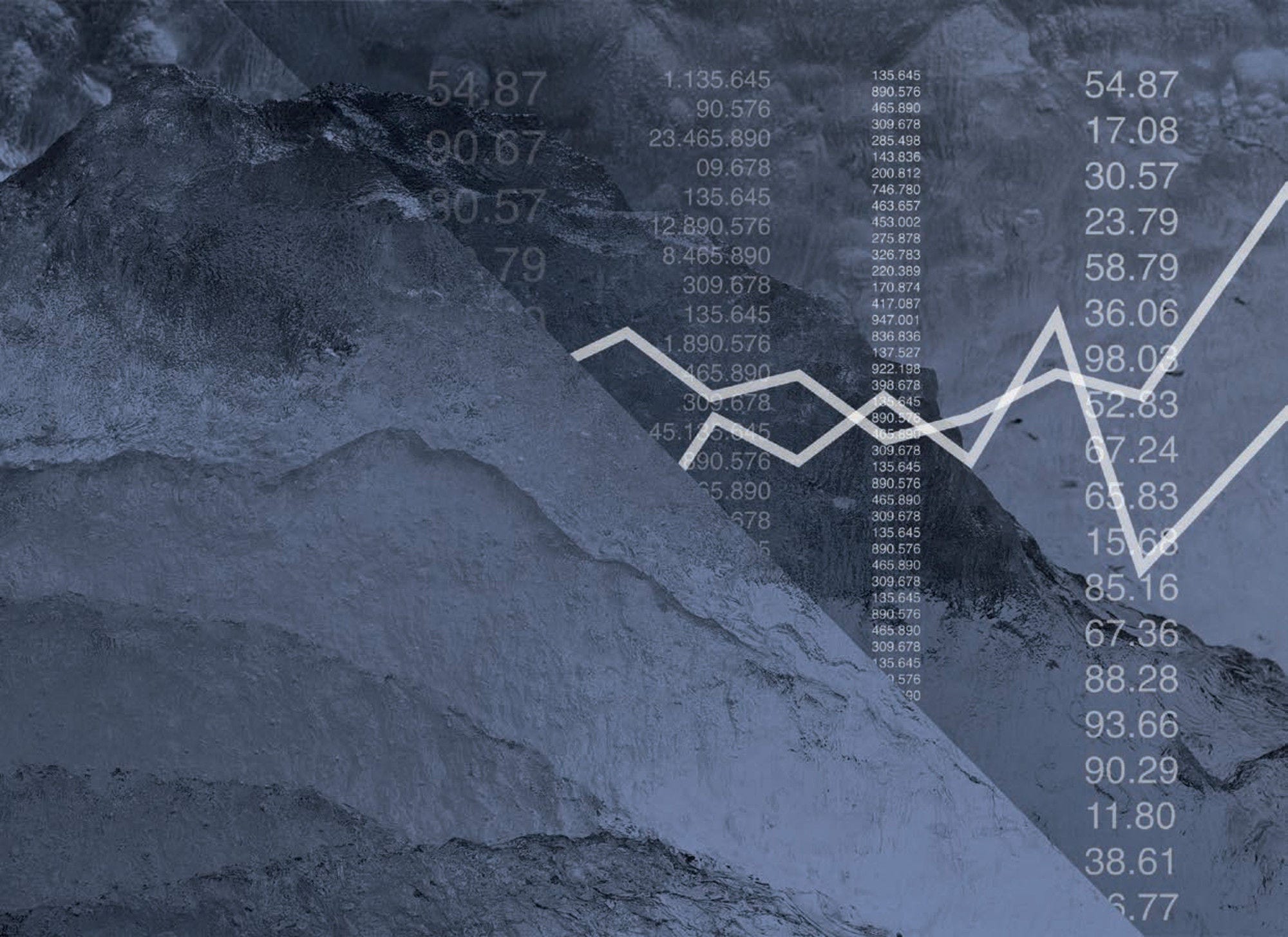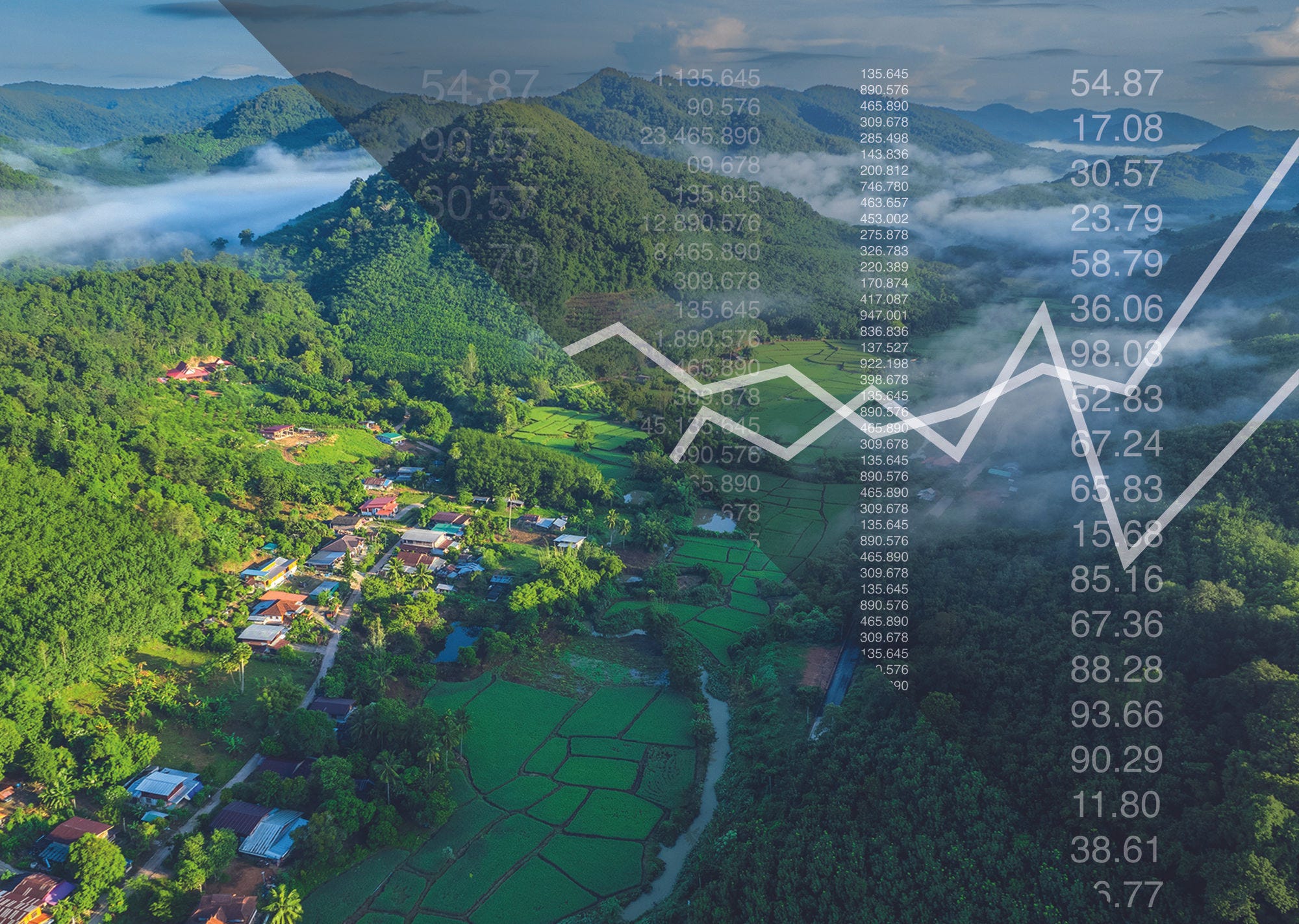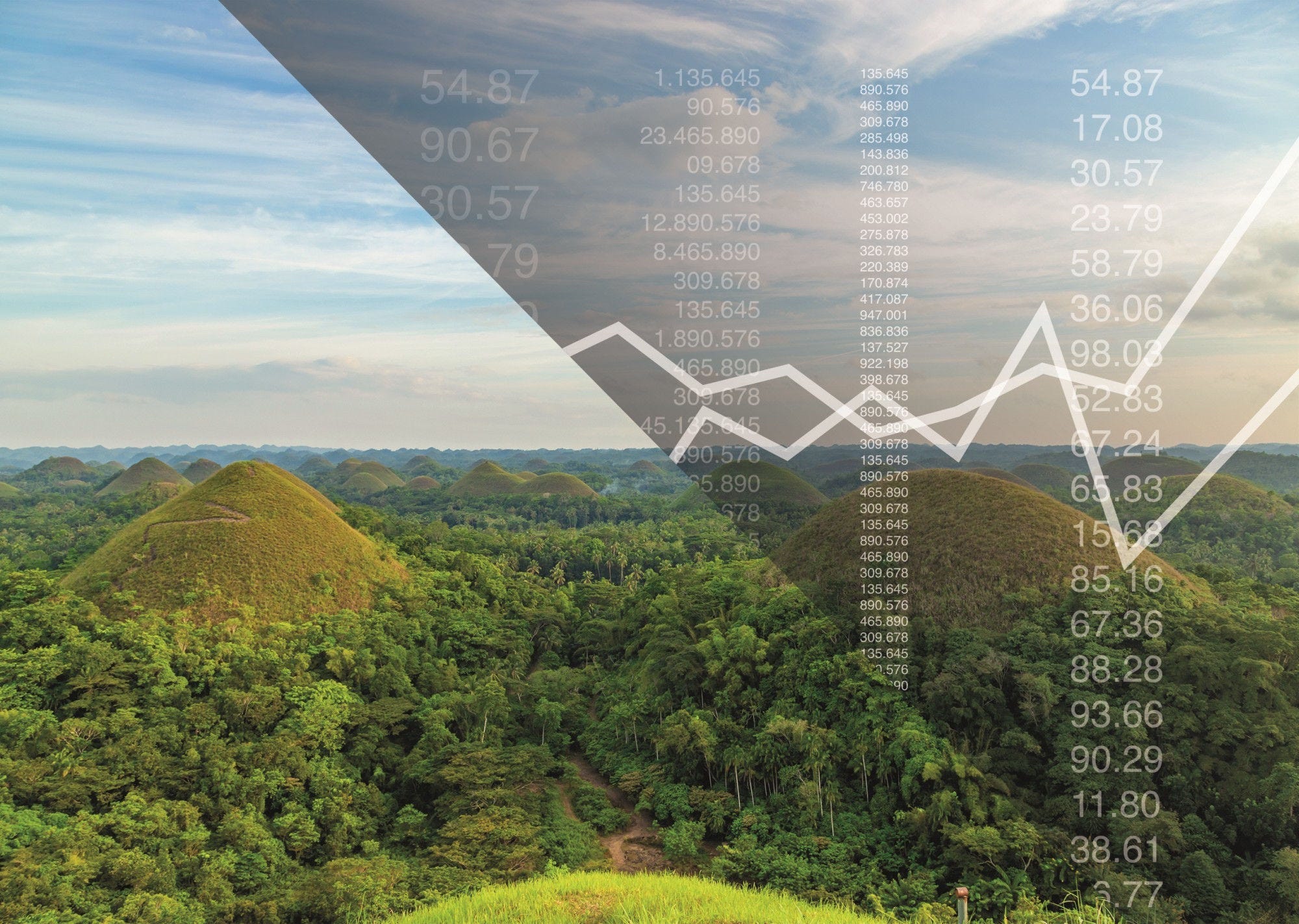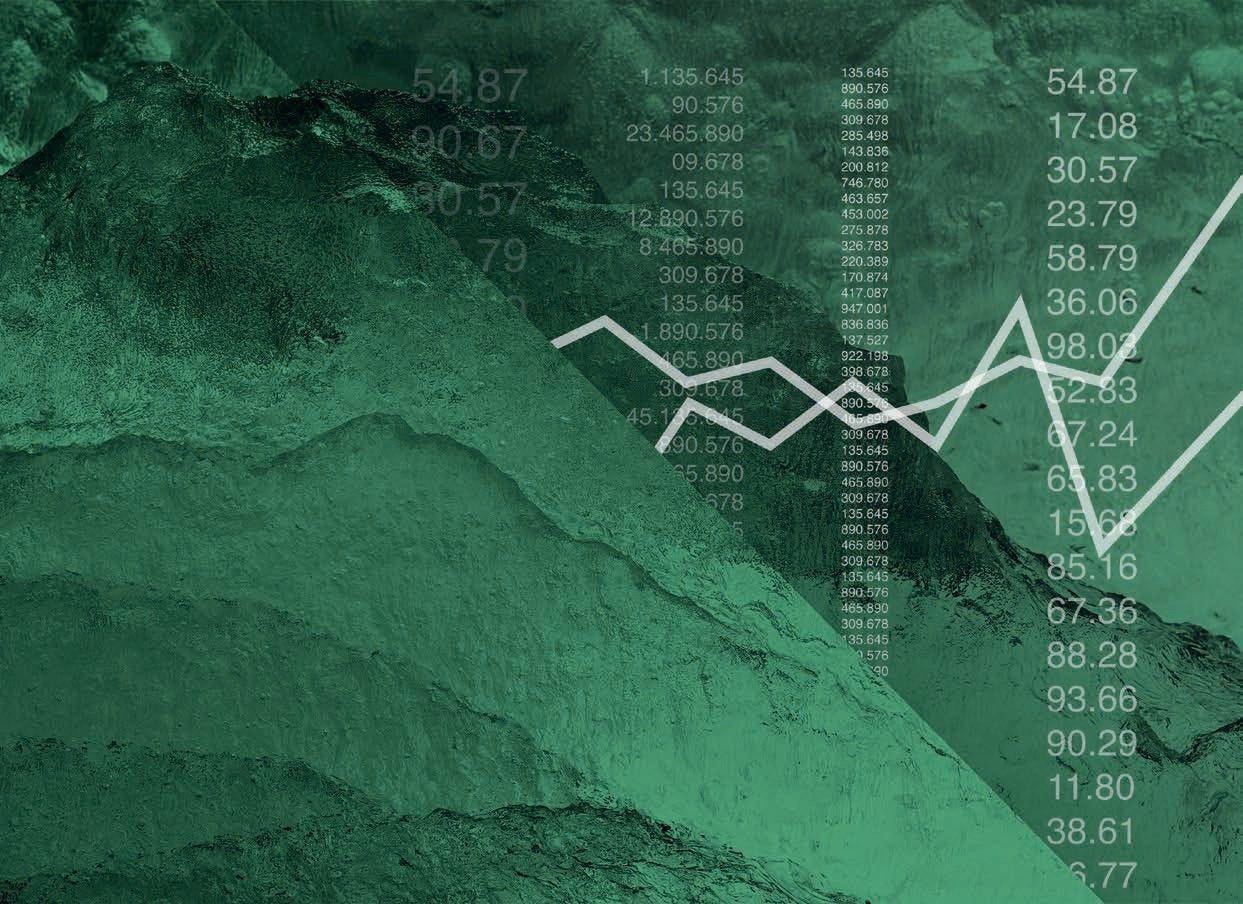Credible statistical information can serve as a powerful tool for the Republic of Kazakhstan to plan for, and monitor progress on, its transition to a green economy. While available data by Kazakhstan's Committee on Statistics already provide some useful information (e.g. investment and operational expenditures as a share of GDP are 0.2% and 0.4% respectively, which remain low), further improvement in coverage, granularity and quality of statistical information can better inform policy-making on green economy transition. This report examines how Kazakhstan’s national statistical system works and how it can be further improved to better measure and understand financial flows that contribute to a green economy transition. The analysis also builds on a range of relevant international and national initiatives on sustainable finance.
Measuring Green Finance Flows in Kazakhstan

Abstract
Executive Summary
Credible statistical information can serve as a powerful tool for the Republic of Kazakhstan (Kazakhstan) to plan for, and monitor progress on, its transition to a green economy. The government of Kazakhstan, particularly the Committee on Statistics under the Ministry of National Economy, has been working on the quantitative and qualitative characteristics of indicators related to the country’s green economy transition. Those indicators include information on investment and current (or operational) expenditures for environmental protection activities.
This report examines how Kazakhstan can further improve its national statistical system to better measure and understand financial flows that contribute to the country’s green economy transition. It attempts to answer multiple research questions to identify approaches for the regular measurement of green finance flows within Kazakhstan:
How does the statistical system work in Kazakhstan?
What does the available data show us about green finance flows?
How can the statistical system be improved so it can better measure green finance flows, while minimising the risk of creating an undue reporting burden?
How can a range of relevant international and national initiatives on sustainable finance help Kazakhstan improve the statistical system?
The Committee on Statistics annually collects and publishes data on environmental expenditures in Kazakhstan, in accordance with the European standard statistical Classification of Environmental Protection Activities (CEPA).
Statistical data show that Kazakh public and private entities spent KZT 87 billion (or USD 230 million) of investment expenditures and KZT 175.4 billion (or USD 462 million) of current (operational) expenditures in 2017. The level of investment and current expenditures for environmental protection as a share of gross domestic product (GDP) remains relatively low, compared to those of the EU countries. Over 2015‑2017, investment and current expenditures as shares of GDP are 0.2% on average and 0.4%, respectively.
Based on discussions with the OECD through this study, the Committee on Statistics broadened its data collection on current expenditures. Beyond environmental protection activities, the committee has decided to collect data on current expenditures for energy efficiency, renewable energy and other climate mitigation actions. Until 2019, these three types of expenditures had been collected for investment expenditures for these activities, but not for current expenditures.
Recommendations
Make further disaggregated data available to inform policy-making
Kazakhstan can publish data on expenditures for environmental protection and resource management disaggregated by entity in the public sector (e.g. major ministries, state-owned enterprises and other public bodies engaged in environmental protection and green economy activities). While each ministry’s budget-related documents may contain some disaggregated data, it would be useful to make them publicly available in one place (e.g. an annual statistical report by the Committee on Statistics). This could provide policy makers with a more comprehensive account of financial sources and flows for actions towards green economy.
Improve the statistical system through greater alignment with other methods
Available data do not distinguish between expenditures made by businesses, governments and households. In addition, the statistical system does not break expenditures down into services specific to environmental protection, connected products, adapted goods and capital formation. The Committee on Statistics should continue efforts to further improve the national statistical system based on the System of Environmental-Economic Accounts (SEEA), CEPA and Green Growth Indicators.
Expand data collection to cover other key activities
The Committee on Statistics can also expand the data collection on activities for which current and investment expenditures are measured. Examples of activities that are not covered in the existing system include water resource management, use of forest resources and climate change adaptation. Expanding the scope of collection could identify major investment gaps and possible policy options to bridge these gaps. In this way, the system could help meet the country’s targets for green economy transition.
Adopt appropriate lessons from others to measure green finance flows
Various international- and national-level initiatives can help the Committee on Statistics further elaborate principles, metrics and criteria for measuring green finance flows within the country. These initiatives include the European Union’s Taxonomy on Sustainable Economic Activities, the European Classification of Resource Management Activities (CReMA), the OECD Environmental Protection Expenditures and Revenues (EPER), the Research Collaborative on Tracking Finance for Climate Action, and the Climate Public Expenditures and Institutional Review (CPEIR), among others.
Measure public spending on environmentally beneficial subsidies
Measuring public spending on environmentally beneficial subsidies could help complement the landscape of green finance flows in Kazakhstan. The Committee on Statistics could collect data on, for instance, subsidies related to renewable energy provided under the Kazakh law “On support for the use of renewable energy sources”, record the data as green finance, and report them under the SEEA.
Use enhanced information on green finance for more granular policy analysis
More precise, comprehensive and timely measurement of green finance in Kazakhstan would help the government promote policy discussion on green economy transition on various fronts. This would include identifying sectors, sub-sectors or geographical areas where gaps between investment needs and spending are particularly large; providing evidence base for discussion on factors that promote or inhibit green finance mobilisation; assessing effectiveness of policy or financial interventions; and developing and adopting a variety of financial instruments for green economy transition.
Deepen co‑operation among ministries and agencies within Kazakhstan
Greater co-operation between the Committee on Statistics and other ministries and agencies is also of utmost importance. Such agencies include the Ministries of Ecology, Energy, Finance, Industry and Infrastructure Development, and National Economy, as well as the National Bank of the Republic of Kazakhstan. Enhanced collaboration could allow for a greater level of data availability and quality, such as on foreign direct investment directed to activities that can promote Kazakhstan’s green economy transition.
In the same series
-
 16 November 2023
16 November 2023
Related publications
-
 19 November 2024
19 November 2024 -
 15 February 2024
15 February 2024 -
 4 December 2023
4 December 2023










